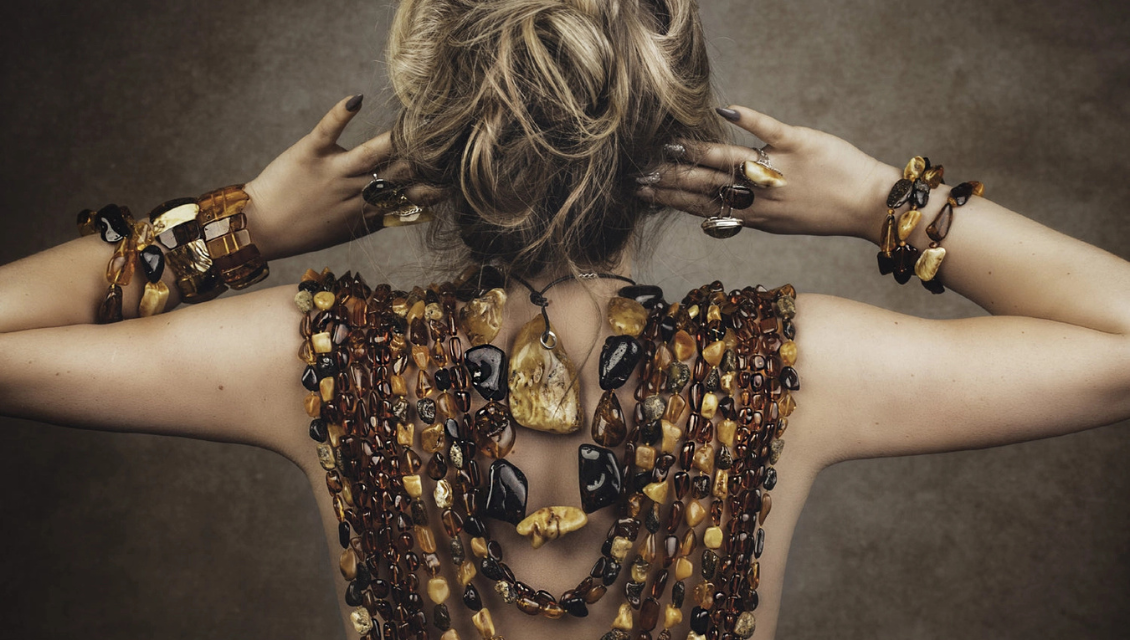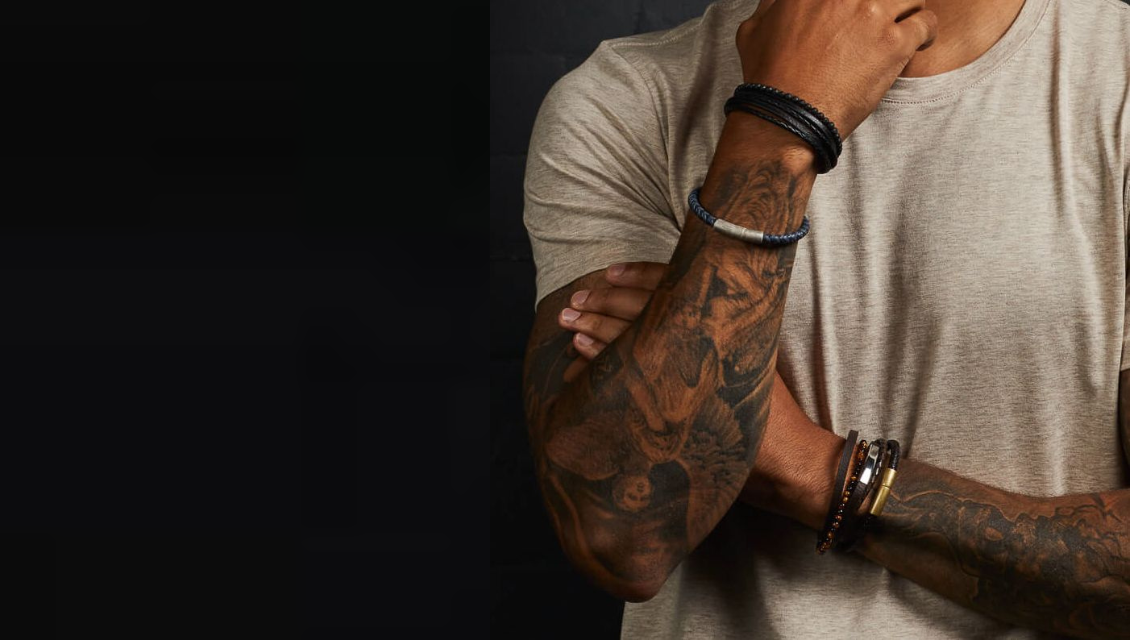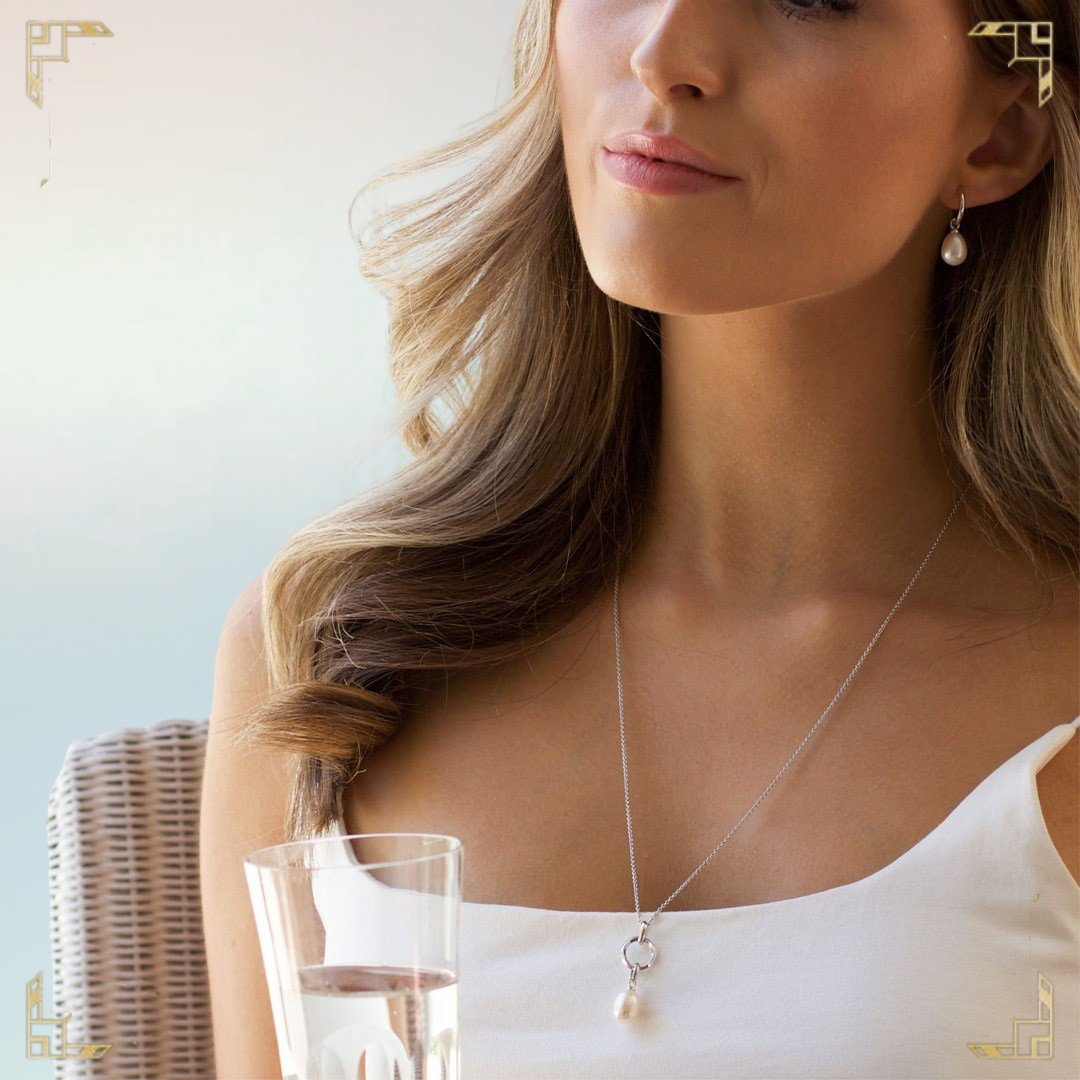-

Necklaces & Pendants
Discover our wide range of necklaces and pendants, designed with unique combinations...
-

Stunning Earrings
Our earrings incorporate natural themes with unparalleled quality. From studs and drops...
-

Beautiful Bracelets
Expand your collection of bracelets from toggle, chain and bead bracelets, bangles...
-

Elegant Rings
Explore our collection of very unique silver, gold and rose gold elegant...
Featured Collections
-

Kit Heath Blossom Collection
Gardens of wonder, tropical temptation, blooms of virtue — the embodiment of...
-

Kit Heath Alicia Collection
Explore the Alicia Collection, where timeless elegance meets contemporary design. Crafted in...
-

Fiorelli Collection
A refined collection of on-trend, platinum plated recycled silver women's jewellery. Made to...
-

Fei Liu Carpe Diem Collection
Light up the room like a mesmerizing firework display! The Carpe Diem...

Kit Heath
Kit Heath, exclusive contemporary sterling silver jewellery, gorgeous designs inspired by love, life and the beauty of nature.

Diamonfire
Experience the sparkle of Diamonfire: sterling silver jewellery collection featuring the famous Diamonfire zirconia stone cut with 57 facets, the same as a real diamond.

Fiorelli
A refined collection of on-trend, platinum plated recycled silver women's jewellery. Made to last with both everyday wear and special occasions in mind.

SilverAmber
Explore an exquisite collection of the finest 925 sterling silver and 100% authentic Baltic Amber jewellery, meticulously crafted by SilverAmber to elevate your style with timeless glamour. Available in Cognac, Lemon, Honey, Green and Mixed colours and various themes from classic patterns to unique and contemporary modern designs

Fei Liu
Discover the unique jewellery of Fei Liu. Exclusive pieces boasting a succulent selection of silver and gemstones.

Fred Bennett
Discover Fred Bennett's world of modern elegance for men, where craftsmanship meets quality. Each piece blends trendy sophistication with timeless materials like sterling silver, stainless steel, and genuine leather, designed to elevate any style.

Clogau
Every piece of Clogau jewellery contains rare Welsh gold as used by some members of the British Royal Family for over 100 years.
Eagle and Pearl Jewelers is partnered with internationally acclaimed award winning designers from Europe who are known for making beautifully crafted jewelry of the highest quality.

Bridal Jewelry
Embody elegance and sophistication with our enchanting bridal jewelry, meticulously designed for brides and bridesmaids alike.
Venture into our exquisite range of pearl accessories and let us assist you in choosing the perfect stone to complement your ring setting.
Explore our diverse collection and unveil the quintessential accessories that will enhance the magic of your wedding day. At Eagle and Pearl Jewelers, we celebrate your love story.
Eagle and Pearl Jewelers is your online destination for exquisite fine jewelry. As a premier digital jewelry boutique, we take pride in offering necklaces, earrings, bracelets, and rings from esteemed artisans. Our curated collections showcase a harmonious blend of gemstones, pearls, and jewelry in silver and gold, bound to captivate your senses.
Experience seamless shopping at our online store, based in Fort Collins, CO, where we're committed to providing swift delivery. Explore our versatile offerings and discover that perfect piece you've always dreamed of or an unforgettable gift for a loved one.
Collapsible content
FAQs
Have a question? See if it is answered below.
1. How are payments processed?
Our website is hosted by Shopify. All purchases are processed securely by Shopify at checkout.
2. Do I receive a box with my item?
Yes. All items are shipped with a branded box for the designer of your jewelry item. Some items are sent in an Eagle and Pearl box.
3. Why is my item in a plastic bag inside the jewelry box?
We ship some items like this to prevent damage to the item by preventing it from moving around inside the jewelry box during shipping (In case it becomes loose inside the jewelry box). You can discard the plastic bag if you choose.
4. What is Rhodium plating?
At the time of writing this, Rhodium is one of the most expensive metals on the planet. Rhodium is plated to silver to prevent tarnishing.
5. Is the jewelry hallmarked?
Yes. All jewelry we sell is hallmarked. See the description for your item to see the purity of metals used during creation.
6. What hallmark number is sterling silver?
Sterling silver is hallmarked with the number 925, meaning it is 92.5% pure silver.
7. Where is Eagle and Pearl based?
Eagle and Pearl Jewelers is based in Fort Collins, Colorado, USA.
8. Do you ship outside the USA?
Yes. At present, Eagle and Pearl Jewelers ships globally to locations available by UPS.
9. What is the different between gold listed as ct or kt?
There is no purity difference in the metal if the numbers are the same. Ct is used in Europe, whereas kt is used in the USA.
Jewelry Care
Caring for your jewelry
To keep your sterling silver looking beautiful, we recommend you care for it in the following ways:
- Use a clean silver cloth.
- To bring back the sparkle to faceted gemstones, use warm soapy water and a soft brush, and rinse with clean water.
- Clean textured finishes using warm soapy water and a soft brush, and rinse in clean water.
- Textured finishes and jewelry with rose and gold plate detailing we recommend for occasional wear only.
- Sandblast finish can be cleaned with an eraser.
- We recommend when wearing silver jewelry, avoid contact with perfume, hairspray and deodorant.
- We recommend you store silver jewelry in a cool, dry place and in a sealed ziplock bag.
- Always remove jewelry before bathing or swimming.
Pearls love to be worn, we recommend you care for them in the following ways:
- The natural oils and moisture in your skin help maintain their lustre.
- Avoid contact with perfume, make-up and creams.
- Do not expose to excessive heat as this can dry out the pearls.
- Wipe with a soft cloth or with a specialist pearl cleaner only.
- Do not immerse strung pearls in water as this will discolor and damage the string and pearls.
- Restring when knotting becomes loose or when the string begins to discolor.
- Always store pearls in soft pouch and away from other items of jewelry.
Plated jewelry, such as gold and rhodium, continues looking
beautiful when you:
- Clean regularly using a non-abrasive jewelry cloth. Using a specialist cloth ensures the plating stays looking fresh, longer.
- Just like sterling silver, we recommend keeping plated sterling silver away from everyday chemicals, such as perfume.
Mission and Vision

Our mission:
A retailer offering a selection of exquisitely crafted jewelry by multiple award winning designers from the convenience of one website, we enable our customers to purchase designer jewelry made of the highest quality materials with flawless attention to detail. We earn our customer's trust by partnering with designers who continuously set the standard of excellence. Our mission is achieved due to our shared passion for jewelry and excellent customer care.
Our vision:
An inclusive and diverse company, leading in e-commerce with one day a number of walk-in boutiques around the world, made possible by effective marketing of our partnership with leading creators and support from our clientele.
Size Guide
Rings:
When ordering a ring you will need to select the correct size for the best fit. Use the following for guidance if you don't already know your size: Use a thin strip of paper or a piece of string to measure your ring size in mm for the inner circumference of the ring, wrap this around your finger around the widest part, ensuring it will go over your knuckles. Use the table above to select the size based on your measurement. As a "rule of thumb", for wider ring styles you may have to choose a larger size or two.

Neckwear:
Our necklaces come in a variety of lengths to allow you to layer and mix your style to your hearts content. The lengths are stated in the product specification and where applicable add the length of the 2" extender to the chain length to get the total length. You can use the illustration above for an approximate guide on the fit of each length.











